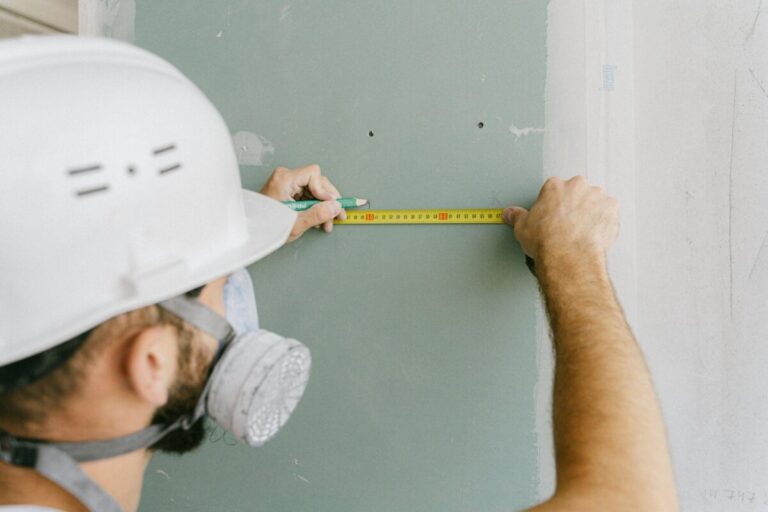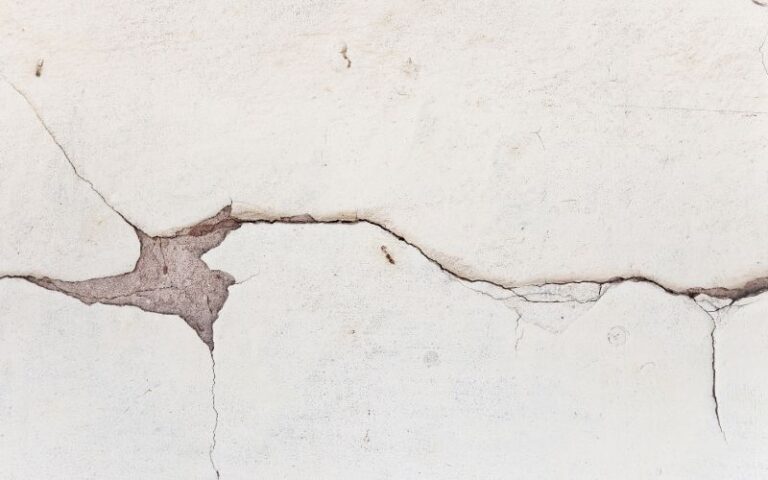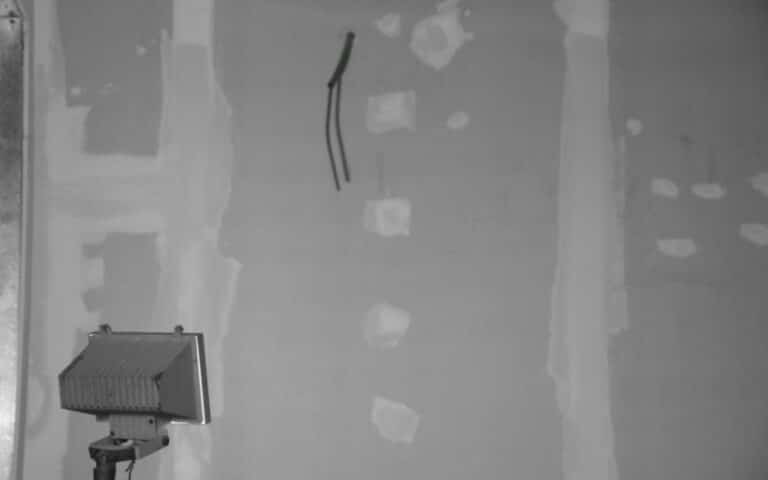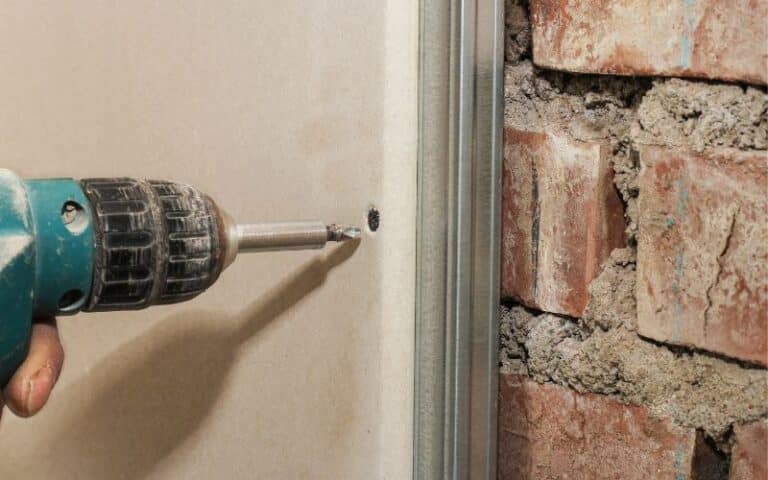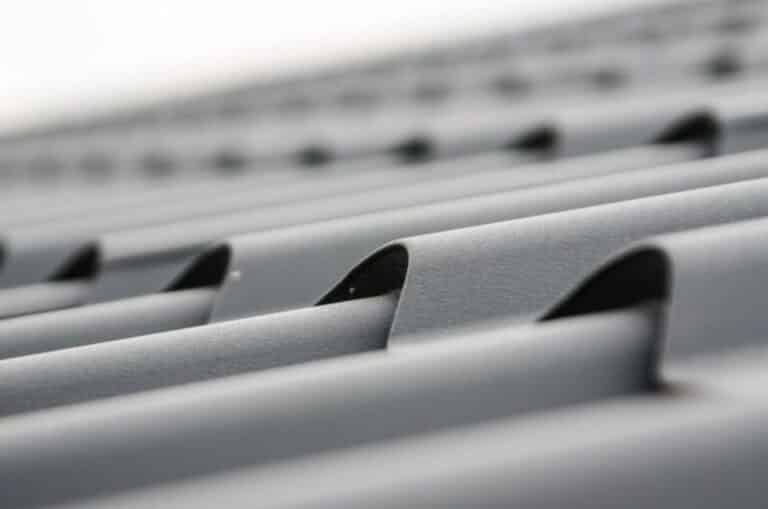If you have a thing for colors, you’ll most likely want to design your house with beautiful colors, the ceilings not excluded.
And what better drywall is out there if not the Green Board with its beautiful tint of green?
Nonetheless, there are facts you must learn about Greenboards before use.
It’ll help if you take caution when using Green Boards for your ceiling because it’s different from the standard drywall.
Besides the fact that it’s heavier than regular drywall, green boards are also a bit weaker. So, when using the Green Board, you must go the extra mile to prevent sagging issues, which entails adequate fastening every 12 inches.
This article encompasses all you need to have at your fingertips when deciding to use the Green Board for your ceiling.
Also, I’ll tell you whether or not it is safe to design your bathroom ceiling with Green Board drywall.
Ready for a Drywall Quiz?
Can You Use a Green Board on Ceiling?
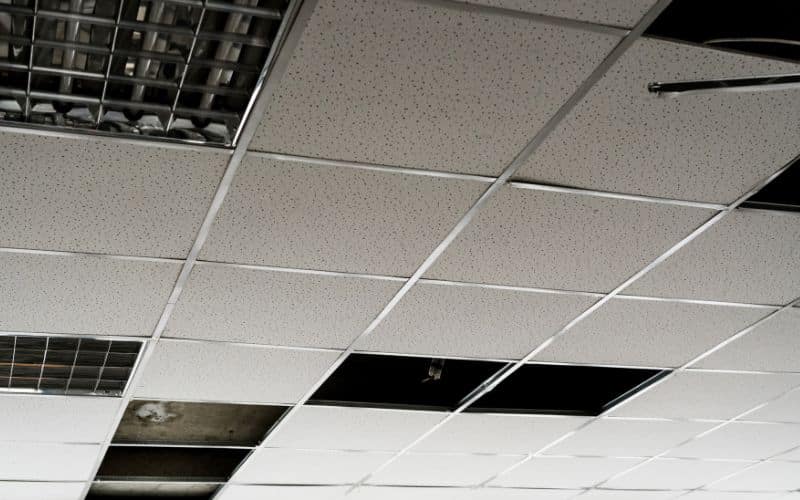
You can use Green Board on the ceiling as long as you follow a simple rule of ensuring to fasten the drywall adequately.
Proper drywall fastening means doing that every 12 inches instead of the usual 16 inches of fastening.
The reason is to reduce the extent to which the Green Board will develop sagging issues.
Therefore, please note that the Green Board drywall will sag if you don’t properly fasten it because it’s heavier and weaker than the standard drywall.
Hence, fastening it every 12 inches rather than 16 inches is ideal, and to do that, please follow these steps;
- Strap your ceiling by fastening a 1×3 inches lumber perpendicularly to the ceiling joists.
- Now, fasten your Green Board on the lumber every 12 inches with generous screws.
- Drive the screws in but don’t go through the paper lining entirely. That’d ensure a considerable coverage of screws while giving strength to the installation.
Are Green Boards Truly Mold Resistant?
Green Boards aren’t 100% mold resistant because they still allow a little moisture into them.
That predisposes the Green Boards to the build-up of molds over time, especially at the sites of excessive moisture.
Green boards contain paper sheets with a waxy substance that makes them resistant to mold but not totally.
Mold would grow on your Green Board, especially at periods when they constantly get exposed to damp atmospheres.
When you purchase a Green Board drywall, be rest certain that it’d have some resistance against humidity and moisture.
However, that resistance isn’t absolute because with constant exposure to water, it becomes humid until the point of supporting mold growth.
So an easy way of maneuvering that problem is to ensure to keep your Green Board drywall far from water sites as much as possible.
The moisture resistance and lesser risk of mold growth make the Green Board easy to use when you’re on a DIY project.
So, because of that fact, many professional builders will recommend that you buy it so they can install it in your home without stress.
Also, because of the considerable mold resistance that Green Board drywall comes with, it finds wide use in construction companies, homes, and offices.
How to Prevent Mold From Growing On the Green Board?
After learning that Green Board drywall doesn’t come with absolute mold resistance, you’ll be wondering how you can prevent the growth of mold.
These few steps will guide you in preventing mold growth on your Green Board.
- Ensure that the humidity and moisture level of the home is at their minimum level. You can buy a dehumidifier that’d promote that objective.
- Don’t place the Green Board in places with a risk of water splashes, like your shower or laundry room.
- Regularly turn on your fans and keep your windows open so the environment doesn’t get humid.
To prevent mold from growing on your Green Board, you’ll have to keep the environment as less damp as possible.
Should You Use Green Boards for Bathroom Ceiling?
You can use Green Board to design the walls of your bathroom or the ceiling that’s not in contact with water.
That’s because though it comes with a waterproof membrane, constant exposure to water would cause it to rot and grow mold over time.
The best place that’d fit for a design with Green Board is your basement or any part of the house that has normal air moisture.
Using a Green Board in your bathroom will constantly expose it to water to the point of allowing mold growth.
However, that greatly depends on the exact location you place the Board.
Also, if you insist on using another drywall aside from the Green Board to design your bathroom, please, cover it with a waterproof lining.
With a water-resistant covering, the Green Board will stay longer before growing mold. The essence of using the covering is to keep the Board moisture-free.
Green Board comes with a waxy coating that gives it superiority, in terms of mold resistance, over the standard drywall out there.
So, instead of fixing the Green Board in your bathroom ceiling directly above the shower, you can design the walls with the Board instead.
That’s because when you compare the water contact of the Green Board when it’s above your shower and when on the walls, the former is worse.
Aside from the bathroom ceiling, your laundry room is another space in your home that’s likely to expose the Green Board to water.
Constant exposure to excessive moisture will damage the Board because of the long-term effect of the water.
Apart from risking the Green Board getting mold on it, you’ll also risk it getting rot with crumbling issues.
So whether or not you can use a Green Board in your bathroom depends on where you intend to design.
4 Best Places to Use Green Board Drywalls
In this section, I’ll guide you to some of the best places in your home that’d suit the Green Board drywall.
The Green Board drywall is superior to standard drywall because of its water-resistant layer.
The standard drywalls don’t have such advantages making them highly selective about where to place them in your home.
However, with the Green Board, you’ll have more placing options in your home than with the standard drywall.
Additionally, although the Green Board comes with an inherent mold-resisting membrane, there are still certain restrictions to its placement.
That’s because if you place the Boards in areas of constant contact with water, you’ll predispose them to go damp with consequent mold growth.
Hence, that brings you to determine what areas in your home will fit using the Green Board. Although the list is inexhaustible, here are a few of them.
#1. Bathroom Walls and Ceiling (Outside Shower Zone)
The walls and ceiling of your bathroom will look spectacular with a Green Board design. However, keep it off the shower zone or the bathtub alcoves.
That’s to ensure its longevity since you now know that exposure to water can allow mold to grow on the Green Board.
#2. Basement
Your basement is another area in your home where you can use the Green Board without fear of damage.
The basement air contains the optimum moist air to support the Green Board drywall.
#3. Kitchen
You can also choose to design the walls and ceiling of your kitchen with Green Board. That space doesn’t have constant exposure to water, so your Green Board will last there.
#4. Garages
Another place that you wouldn’t think of designing with beautiful walls is your garage. And what drywall would best beautify that space if not the Green Board?
This table shows some of the ideal places for your Green Board against places that shouldn’t have the Board in them.
| Best Places that Support Green Board | Never Use Green Board In These Places |
|---|---|
| You can use them in your bathroom apart from the shower area. | Sauna |
| The walls of your basement. | Spa rooms |
| Work out rooms | Rooms with pools |
| Kitchen | Shower area of your bathroom. |
| Garages | The walls of your bathtub alcoves. |
Conclusion
What better way can you give your home color if not by ensuring its walls and ceiling radiate style? Green Board would give you that satisfaction and still comes with a mold-resisting quality.
However, despite wanting your walls to look beautiful, please don’t place the Green Board in areas prone to water splashes.
That’d dampen and promote mold growth on the Green Board.


